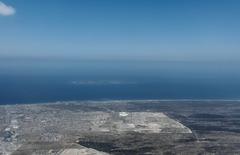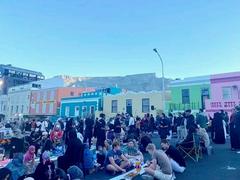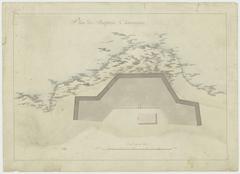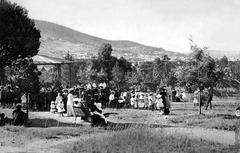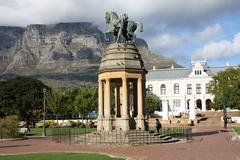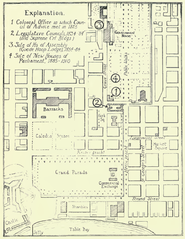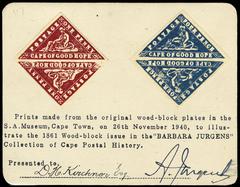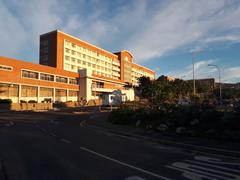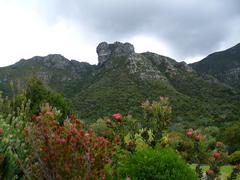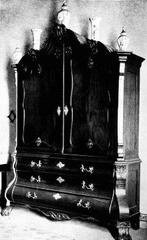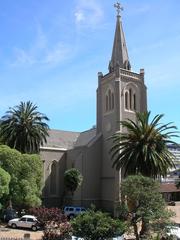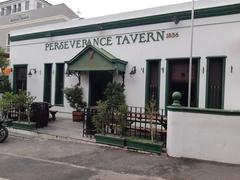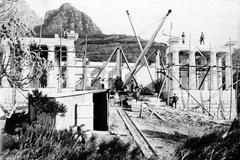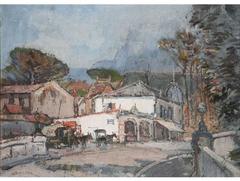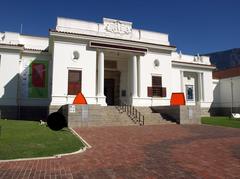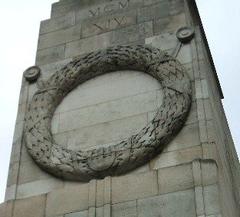Complete Guide to Visiting the Statue of Bartolomeu Dias in Cape Town: Visiting Hours, Tickets, and Travel Tips
Date: 14/06/2025
Introduction
The Statue of Bartolomeu Dias in Cape Town stands as a striking tribute to the Portuguese explorer whose 1488 voyage around Africa’s southern tip opened a new era of global navigation. This guide offers everything you need for a rewarding visit—historical context, practical visitor information, accessibility details, and suggestions for nearby attractions. Whether you’re a history enthusiast, a cultural traveler, or simply exploring Cape Town’s iconic sites, this article will help you make the most of your experience at this important maritime landmark (Discovery UK; South African History Online).
Table of Contents
- The Age of Discovery: Background
- Bartolomeu Dias: Life and Historic Voyage
- The Statue: Location, Design, and Artistic Significance
- Visiting Hours and Ticket Information
- Accessibility and Visitor Facilities
- Guided Tours and Special Events
- Photography and Best Times to Visit
- Nearby Attractions
- Frequently Asked Questions (FAQ)
- Conclusion
- References
The Age of Discovery: Background
The Age of Discovery (15th–17th centuries) was defined by European maritime exploration, with Portugal leading expeditions to establish new trade routes. Bartolomeu Dias’s 1488 rounding of the Cape marked a breakthrough, demonstrating that Europe and Asia could be connected by sea (Mariners’ Museum). Motivated by the search for spices, gold, and direct access to Asian markets, Portugal’s efforts reshaped world trade and cultural exchange.
Bartolomeu Dias: Life and Historic Voyage
Born around 1450 near Lisbon, Dias was a skilled navigator and royal court official. Commissioned by King John II of Portugal, he led a three-ship expedition in 1487–1488. After surviving fierce storms, Dias’s fleet became the first to round the Cape of Good Hope, proving the Atlantic and Indian Oceans were connected. This achievement paved the way for Vasco da Gama’s later voyage to India and the rise of Portugal’s global empire (Biography.com; Discovery UK). Dias continued his maritime service until his death during another expedition off the Cape in 1500.
The Statue: Location, Design, and Artistic Significance
Location
The main Statue of Bartolomeu Dias in Cape Town is prominently located at the intersection of Heerengracht and Coen Steytler Boulevards in the Foreshore district, near the Port of Cape Town and the V&A Waterfront (Wikipedia; V&A Waterfront Official Site). The site is easily accessible from the city center and is surrounded by major attractions.
Design & Materials
Created by Salvador Barata Feyo and unveiled in 1960, the statue is a bronze figure set on a granite pedestal. Dias is depicted in period attire, holding a navigational instrument—a symbol of his expertise and courage. The monument’s artistry blends heroic realism with imaginative portraiture, as no contemporary images of Dias exist. The statue’s gaze toward the sea embodies the spirit of exploration that defined the Age of Discovery (Wikimedia Commons).
Visiting Hours and Ticket Information
- Hours: The statue is located in a public space and is accessible 24 hours a day, seven days a week. Daytime visits (9:00 AM – 5:00 PM) are recommended for safety and the best viewing conditions.
- Tickets: No entry fee is required. The monument can be visited freely at any time. Guided tours that include the statue may charge a fee (Cape Town Tourism).
Accessibility and Visitor Facilities
- Wheelchair Access: The site features paved walkways and ramps for easy access.
- Transport: Reachable via MyCiTi buses, taxis, ride-hailing services, and nearby railway stations. Ample parking is available at the V&A Waterfront and CTICC.
- Amenities: Public restrooms, cafes, ATMs, free Wi-Fi, and information kiosks are available in the vicinity.
Guided Tours and Special Events
- Guided Tours: Several operators, such as Viemma Tours, include the statue in historical walking tours or hop-on-hop-off bus routes, providing in-depth commentary on Dias’s life and Cape Town’s maritime history (Viemma Tours).
- Events: Cultural commemorations and maritime festivals sometimes feature the statue. Check local listings or the V&A Waterfront events calendar for updates.
Photography and Best Times to Visit
- Best Light: Early morning and late afternoon offer optimal lighting for photography, often with Table Mountain as a dramatic backdrop.
- Photo Opportunities: The statue’s open setting allows for multiple angles and panoramic city views.
Nearby Attractions
Combine your visit to the Bartolomeu Dias statue with these Cape Town highlights:
- V&A Waterfront: Shopping, dining, and museums within a short walk (V&A Waterfront Official Site).
- Castle of Good Hope: South Africa’s oldest colonial structure.
- Zeitz Museum of Contemporary Art Africa (MOCAA): A premier modern art destination.
- Artscape Theatre Centre: Diverse cultural performances.
- Cape Point Nature Reserve: For those venturing further, see the Dias Cross and spectacular ocean views (Cape Point).
Frequently Asked Questions (FAQ)
Q: Is there an entry fee?
A: No, visiting the statue is free.
Q: What are the best visiting hours?
A: Daytime, especially 9:00 AM to 5:00 PM, for safety and lighting.
Q: Is the area wheelchair accessible?
A: Yes, with smooth paths and ramps.
Q: Are guided tours available?
A: Yes, many local operators offer tours that include the statue.
Q: Can I take photographs?
A: Absolutely. The statue and its surroundings are ideal for photos.
Q: Are there nearby attractions?
A: Yes, including the V&A Waterfront, Castle of Good Hope, and Zeitz MOCAA.
Conclusion
The Statue of Bartolomeu Dias is a must-see for anyone interested in maritime history and Cape Town’s heritage. Its accessible location, free entry, and proximity to other major attractions make it perfect for a self-guided exploration or as part of a broader tour. For the best experience, visit during daylight, join a guided tour for enriched context, and take time to enjoy nearby sites.
For the latest updates, curated itineraries, and travel tips, download the Audiala app and follow us on social platforms. Enhance your journey into Cape Town’s rich past with our expert guides and resources.
